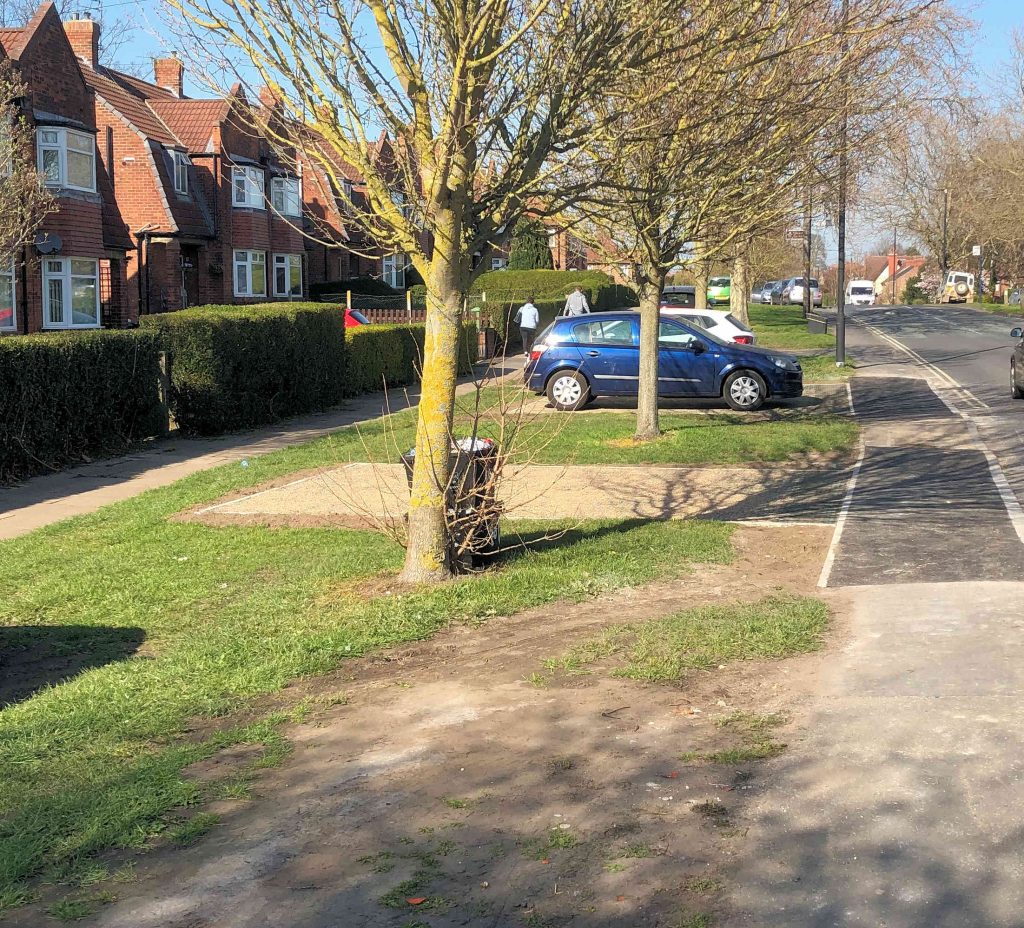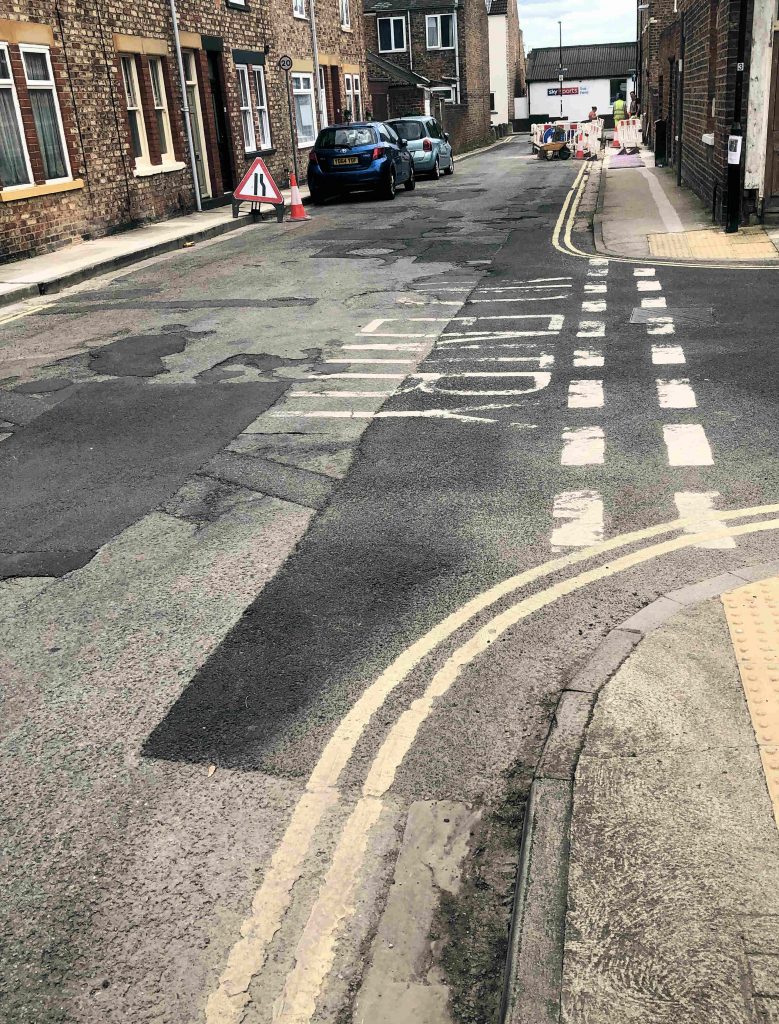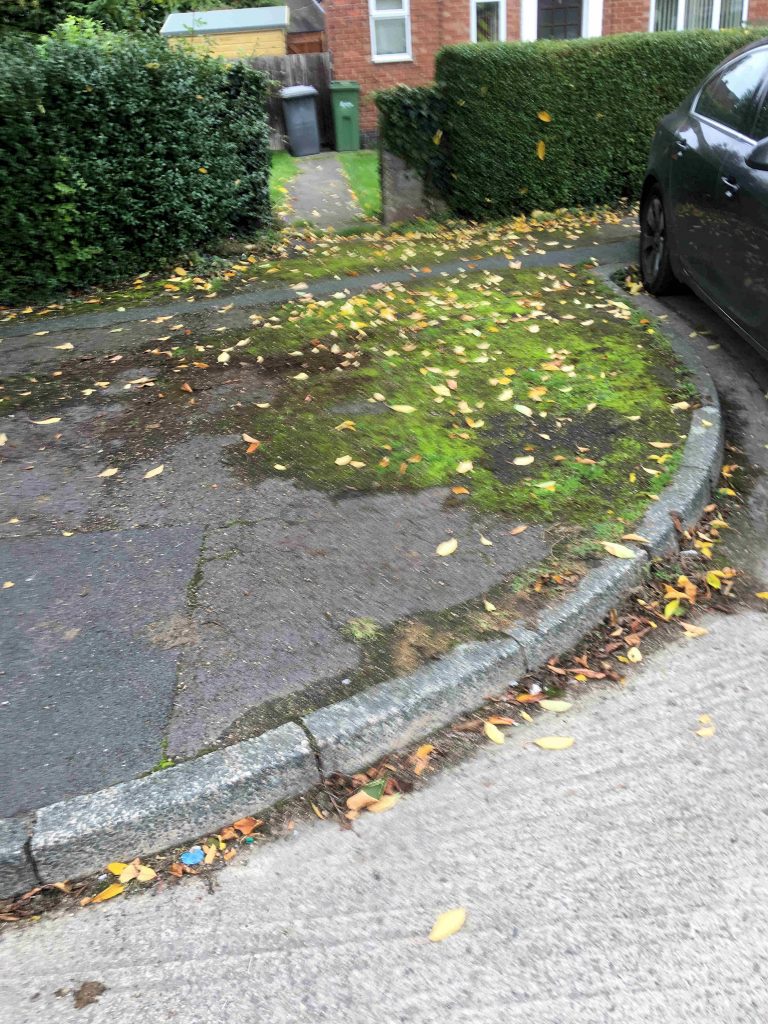The York Council says that it will give more powers to local residents to influence how resources are used in 4 key public service areas.
They are:
- Increased ward budgets.
- A “Safer Communities” fund to meet residents’ priorities.
- More ward control of spending on highways to meet residents’ priorities
- Timely delivery of Housing Environmental Improvement Schemes (HEIP). NB.These are tenant funded.
The plans are broadly to be welcomed.
Over the last 8 years the number of locally determined improvement schemes has declined while those that have been approved have faced unacceptable delays in implementation.
One set of new parking laybys in the Westfield area took over 4 years to plan and construct.

A report to the Councils executive meeting this week, paints a confused picture of what is wrong with the current “ward committee” process and what might replace it.
Councillor dominated “Ward teams” will stand in for residents associations where the latter do not exist.
£250,000 has been allocated to wards for them to spend making local communities “safer”. Although joint working with the police is proposed, the major issue – an institutional reluctance to expand the use of technology solutions such as CCTV – remains. So, the most that residents will likely see will be “target hardening” style initiatives.
Two additional staff members are to be employed helping to administer ward committee improvements. Last year £157,000 of ward budget was not spent. This is put down to process delays.
£500,000 is being allocated for local highways improvements (road and footpaths). A further £500,000 is allocated for “walking and cycling” improvements. The irony, that better highways maintenance is the best way of encouraging safe walking and cycling, appears to be lost on the report authors.

The £1 million simply should be added to the road and footpath resurfacing budget.
The budget is classified as “capital” meaning that it must be spent on an asset with a long lifespan. That would seem to rule out a crash programme aimed at removing the trees, hedges and weeds which obstruct many existing foot and cycle paths.
The idea of recognising and responding to local concerns is the right one though.
Poor highway maintenance is invariably the most criticised local public service in residents satisfaction polls.
The Council plans to introduce a “6 stage” process in allocating the estate improvement budget. As the main criticisms of the existing process is that it is cumbersome and slow, the introduction of additional bureaucratic stages is unlikely to be welcomed.
The report talks of the provision of parking lay-by taking up to 24 months to complete. In the past, the use of contractors had cut this target time down to less than 4 months. Councils should return to the old procedure where Residents Associations/Parish Councils took responsibility for drawing up improvement lists.

Finally, the report talks of using a mechanistic formulae for assessing the “social value” of each project. As a way of spending scarce public resources this is a discredited approach. The value of projects can best be determined by door to door surveys thus giving residents a chance to directly influence their neighbourhood.
The report does not propose any PFIs to monitor progress on any of these programmes.
It does, however, require decisions to be made in public and with a public record. Regular “on line” updates are proposed (although these have been promised in the past but have never been produced in a timely or accessible way)
There are no proposals which would provide better support for Residents Associations. The Council recently refused to even publicise RA activities on its web site.
How much locally?
The Council has published a list indicating the amounts that will be available to spend in each ward. In Westfield (one of the largest wards) during the present financial year that totals £55,878
With highways (£63,830) and safer communities fund (£17,181). That figure increases to nearly £120,000 over 4 years.
To put that into context a 4 space parking bay costs around £10,000, while the resurfacing of Stonegate is costing £1/2 million this year.
